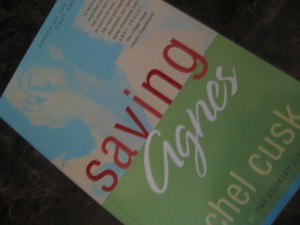With her first novel, Saving Agnes, Rachel Cusk laid the foundation for her writing life. The Temporary is her second novel. It was published in 1995, two years after her first. And I see improvement. The author is using fewer words, and in places, she goes deep. Overall, though, the writing is uneven. Here are some highlights:
Waking, Ralph thought, “The hands pointing at one o’clock seemed so impossible, so wild in their assertion that a great swath of time had gone by without his supervision…”
“the terrible membrane of silence”
“He groped for a date and remembered then that it was still only February. The year stretched before him in all its unavoidable detail, the hundreds of days and thousands of hours which he would endure as if something more lay at their end than mere repetition. He wished that he could be tricked, as others seemed to be, by the close of each week, seeing in their false endings the immience of some sort of conclusion, like a soap opera. He wondered why he had never fallen into step with this pattern of days, comprehended in the helpful clarity of a week’s tiny eras–birth, growth, productivity, decline, dormancy, regeneration, played out beneath the celestial presence of longer phases of weather–a system that might ease the slow construction of his life.”
I have sixty pages left in her next novel. I might finish it tonight.


You must be logged in to post a comment.